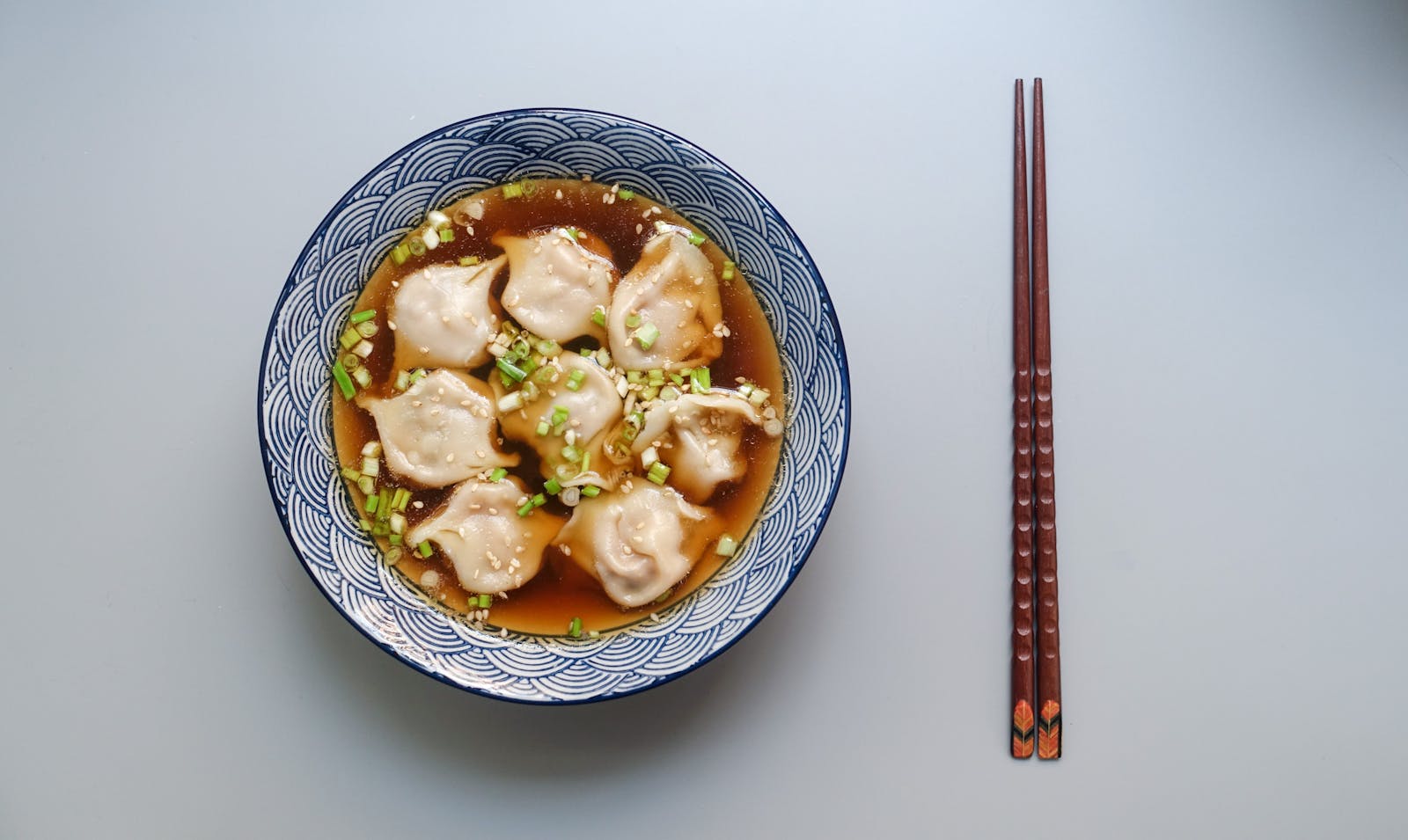
The Paleo diet is a nutritional approach that focuses on consuming the unprocessed foods that our Paleolithic forebears thrived on. Through emphasizing natural nutrition, the diet enhances overall health and longevity, and many followers celebrate significant wellness gains after transitioning to this diet.
But what exactly is the Paleo diet? Fundamentally, the Paleo diet mimics the eating habits of our hunter-gatherer ancestors, focusing on foods that are closer to nature. This means eating lean meats, nutrient-dense vegetables, fruits, and natural fats, while avoiding processed foods.
The Benefits of Going Paleo
What draws many people to the Paleo lifestyle is its emphasis on natural simplicity. When you strip away processed foods, your body responds with increased energy. Many who adopt the Paleo approach often enjoy sustained, consistent energy, because of the absence of refined sugars.
In addition to higher energy, the Paleo diet may support better digestion. Due to the exclusion of dairy, grains, and legumes, many people find relief from digestive discomfort. For individuals who have food sensitivities, this approach to eating is transformative.
Weight loss is another significant benefit is its potential for achieving a healthy weight. Because of its focus on whole ingredients, the body is better able to regulate hunger signals, without restrictive dieting. A number of people report that losing weight becomes a welcome by-product of their new nutrition plan.
First Steps in Transitioning to the Paleo Diet
Transitioning to a Paleo way read more of eating may seem daunting, but it’s simpler than you think. The first step is to examine your current diet. Are most of your meals coming from natural sources? If not, you’ll want to start making shifts with more natural options. Start with a few meals and gradually move toward a full Paleo diet. Don’t rush the process as your body adjusts.
A major component of thriving on Paleo, meal planning is important. By preparing meals in advance, there’s less temptation to grab processed snacks and quick fixes. Stock your pantry with fresh ingredients, so you always have what you need. As you get into the habit of prepping, the easier it becomes to remain consistent with Paleo.
Is the Paleo Diet for Everyone?
Paleo eating provides a variety of positive outcomes, but it’s important to remember that different diets suit different people. For some, the Paleo diet works wonders, especially for those looking to lose weight. However, consulting your doctor before starting any diet is recommended to ensure your specific needs are taken into account.
At its core, the Paleo diet is about returning to natural, unprocessed foods. Whether your goal is boosting your energy levels, the Paleo diet may provide a path forward. You have nothing to lose by trying it out and seeing how it works for you?
Conclusion
Paleo eating has seen a resurgence in modern times. By focusing on whole, natural foods, adherents discover better health, more energy, and a greater sense of well-being. For those interested in trying something new, this ancient approach to eating might be exactly what you need.
© Copyright 2023
Comments on “Not known Facts About paleo diet foods”